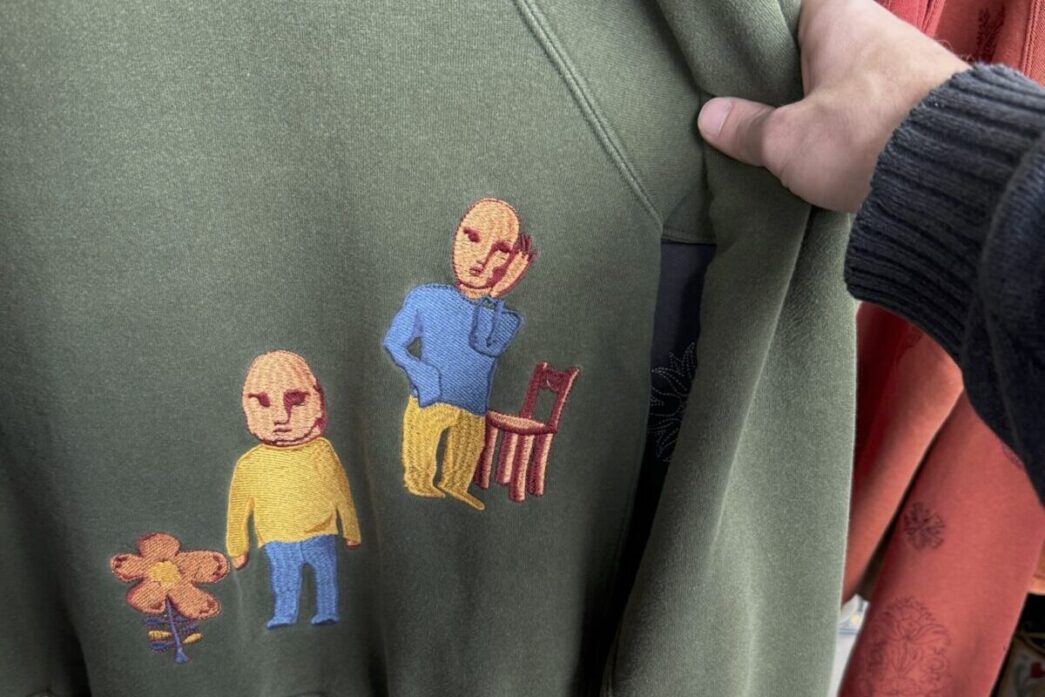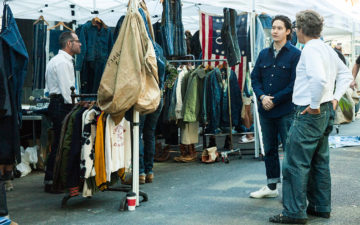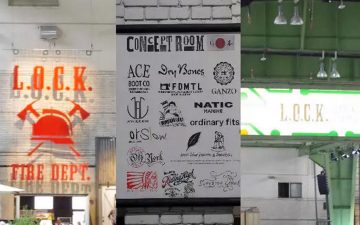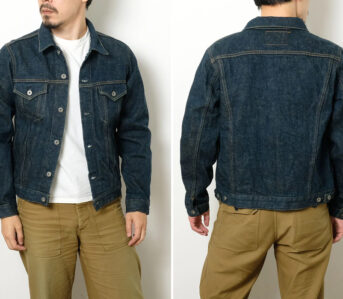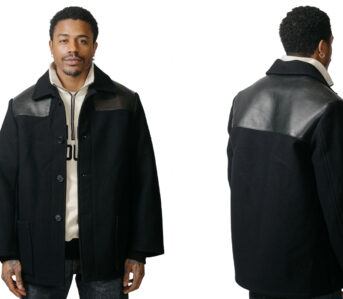By the end of the first day of Men’s FW24 Market Week, I was in desperate need of a few things, but most pressing was food. I hadn’t managed to get much in me — bc Reasons™ — and was running (mostly) on caffeine, a sense of professional responsibility and one scone-adjacent pastry that had berries in it but not nearly enough berries to headline the little card that said “Berry Scone” in the glass case outside the Man/Woman trade show.
This situation was entirely of my own making and by no means an emergency, but I was hungry and I was in TriBeCa and because those two things don’t often overlap at this stage of my life, I went to Walker’s on the corner of Varick and North Moore to get my favorite burger and fries in the entire city — a distinction that it’s held, unbroken, since 2001.
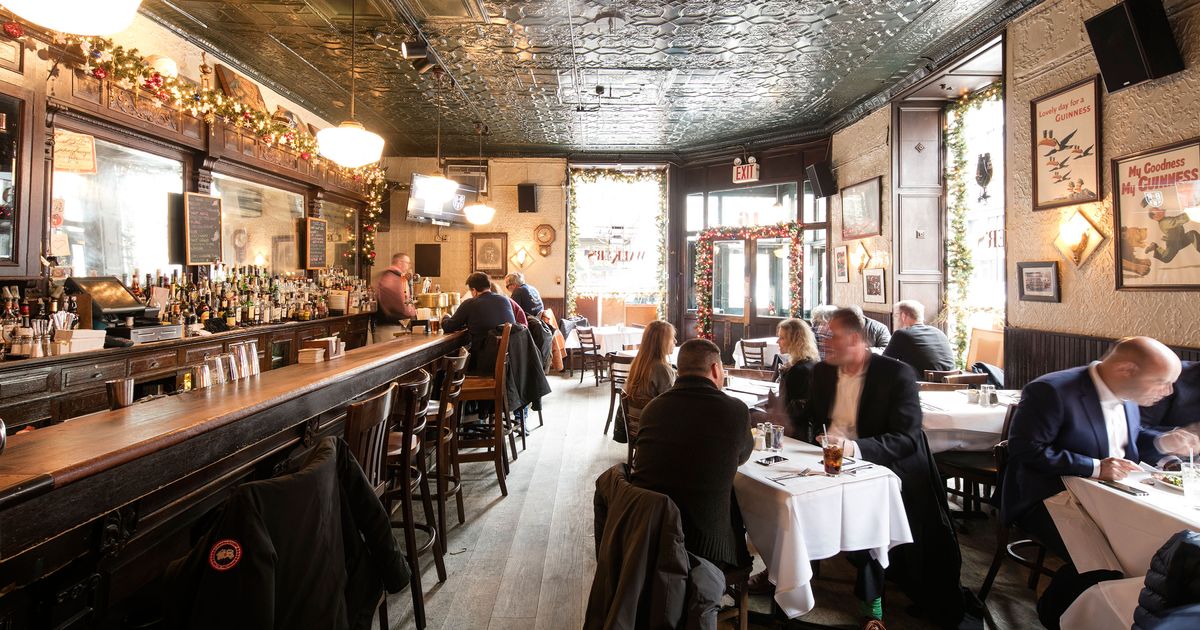
Walker’s, image via New York Magazine.
Walker’s itself has been on that corner since 1987, and it was a shot-beer dive before that (per The Records™). The space has been licensed to sell liquor in the city since July of 1895, and the bar itself — like the literal physical fixture inside wherein you order drinks — has been the exact same for even longer, to the point that its oak top perilously slants toward the patron side in places. And by “exact same,” I mean it’s the same wood.
It has three rooms and is not bright at any hour of the day and the only thing that’s changed since I was a kid was that there used to be a single bathroom in the back left corner of the first room and now there’s a half wall with an extra table tucked in behind it, which is not a small amount of weird to me, but also real estate ain’t cheap in Tribeca and they have other bathrooms in the establishment.
Anyways, I went to Walker’s and got the cheeseburger — $17.95 with fries, which is almost McDonald’s prices at this point — and talked to the bartender and an older dude two stools down from me who’d ordered a 4:30 pm Salisbury steak and a glass of wine about nothing in particular for a while, and then about the restaurant for a while longer.
(Walker’s is a place that still serves Salisbury steak, which is kind of like if French onion soup was served on a plate instead of a bowl and swapped out a burger patty for the bread and is very much not a dish you’d find on a place that draws a food influencer, regardless of preferred broadcast platform.)
Salisbury Steak Guy had been coming to Walker’s for over 20 years, before Plumeri was in the space that Mr. Chow is now in, when Bubby’s had a $5 burger on their late night menu, when Square Diner was still a cash-only spot that was friendly to cash-strapped diners, pre-Thom Browne store, etc. The point being, Walker’s had managed to stay Walker’s even as the rest of the neighborhood turned gentrification into performance art.
I have no idea how they managed to do it, for whatever it’s worth, but I also find that whenever you ask someone — particularly regional businesses — what goes into their secret sauce, they have to retcon a recipe anyways. Not that they survived on accident, or anything, it’s just that intuition isn’t necessarily an export product or something that’s easily turned into a template.
Anyways, after an entire day of odd lighting and clothes stripped of any semblance of context, I was just happy to be eating a burger that I had eaten at least a hundred times before in the same dim ass room. Which brings me to clothes. (And I apologize, I know you were here for clothes. You made it.)
I am a clothes-enjoyer. I think about them constantly, talk about them frequently, shop for them frivolously and (allegedly, when I’m being responsible) write about them, just for good measure. I say this to say that what I’m about to say isn’t coming from a place of resentment or dismissiveness or anything like that: without physical retail stores, market week shows are fucking weird.
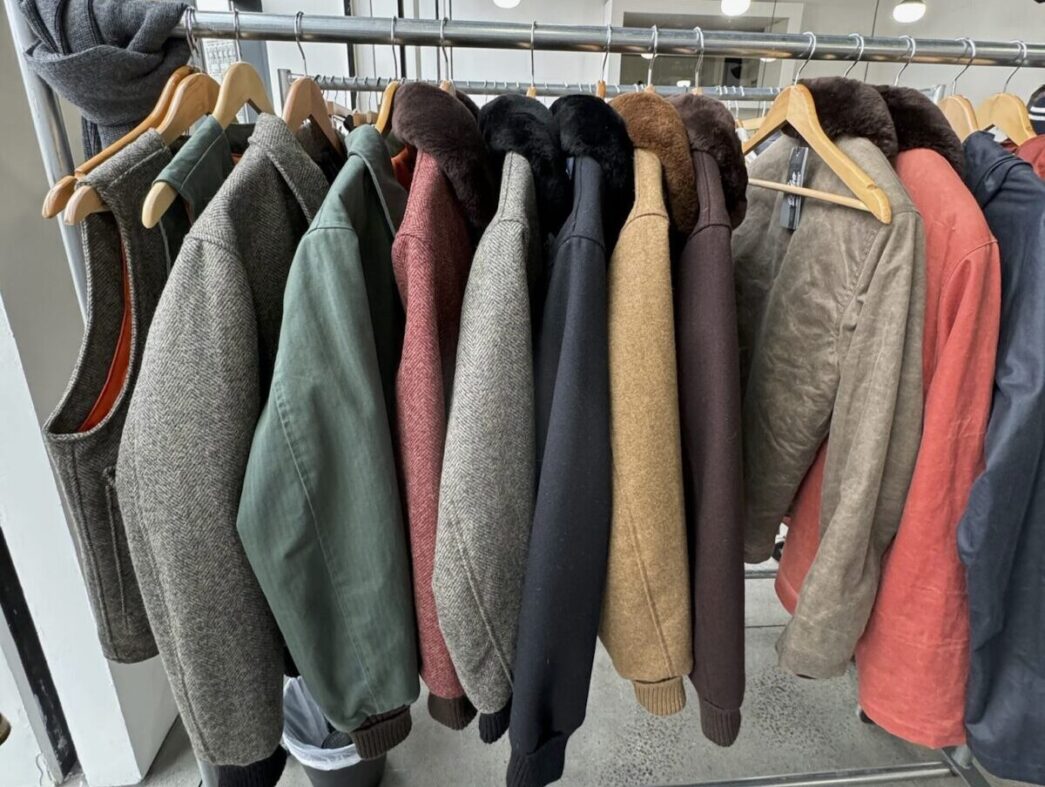
And they’re weird for a number of reasons. First, they’re huge and expansive and are usually in big rooms with lighting issues and it’s not exactly an arena primed for rational exploration, yet that’s exactly what the intention is. Another reason is that, unless you’re into department stores, it’s hard to simply find a place where you can see different brands under a single roof — forget good ones — which makes Man/Woman or Welcome Edition or Project or any of the other New York shows unique, nostalgic and hopeful, and those feelings aren’t a lie: it is cool to be able to touch shit and see the colors in person and appreciate the depth and nuance of fabrics up close. But as I was going through each rack, it was hard for me to not wonder where I was going to see any of this stuff come fall, in person and in a context that was remotely relatable.
I made a habit of asking booth reps how many doors they were in, (justified nosiness is generally accepted more amenably than garden variety) and while the marquee names are still marqueeing, the landscape is stark for most of the smaller, newer or otherwise developing brands. For starters, breaking a brand isn’t cheap for a store: they have to invest money into inventory, then use resources (whether that’s creative assets, product trainings or floor hours or a combination) to introduce that brand to the customer, convince them that it’s on par with the rest of their stocklist and then also explain why it’s different than the things they already carry and that their customers (presumably) already like. It’s why a brand like Needles has snowballed into hundreds of accounts: they’re a known quantity and simply mentioning them will resonate with customers both new and old, thus making them increasingly understood (if not wildly overexposed, but that’s a different story).
And that was in the old days. Now, the number of viable stores that smaller brands could exist in is catastrophically low. Like, you’re lucky if you live in a city with even just a handful of independent, multi-brand retailers — forget pricepoint. Now, we rely on mega e-tailers, like Mr. Porter or SSENSE or End., to find the clothes we used to be able to see in person, which makes those places exponentially more important to the brands as well. But when those places order, they order A LOT, and it either forces small brands to expand at breakneck speeds and tie the majority of their fate to a website with 500 other brands and a reputation for discounts, or boxes them out altogether. And, like most things caught in the death throes of late-stage capitalism, the problem has a tendency to self-replicate and metastasize with remarkable efficiency.
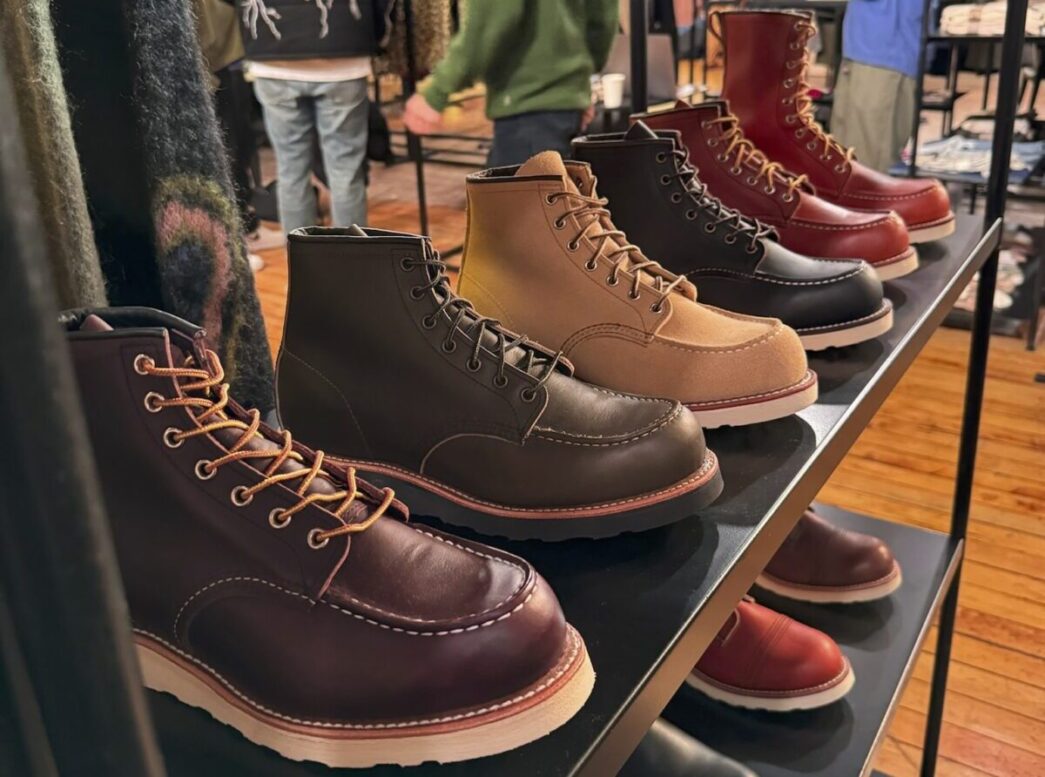
All that functionally means that independent retailers are either forced to compete in the same product-arena as VC-backed behemoths — who operate on volume, not margin — or carry brands that are harder to find on a wider scale. A few do this very well, but it’s really hard to do. It requires a relationship to not just the region you occupy, but with the literal neighborhood you’re in. It requires a keen sense of what your customer is comfortable with, but also the limits of their comfort zone and cheeky ways to push them outside of it. It requires a near-perfect success rate of brand selection, and shrewd inventory decisions and a deep, deep sense of self — an understanding of what you are, what you provide and what people expect when they walk in the door. And that also means all that needs to be palatable and well-liked, which is its own special little Venn diagram. In other words, they need context.
But without stores for the smaller, more nimble, more pedantic (positive), more interesting brands to land in, the clothes all kind of feel theoretical.
And that brings me back to Walker’s. Walker’s couldn’t open in 2024. That’s true of a lot of things that have been around for forever (maybe most things, who knows), but it’s especially true of a restaurant that’s as much of an institution as it is an eatery. (And if it did, it would have a press release stating that the menu is “reimagined pub-fare from the team behind 11 Madison Park” and that menu would feature like twice-scotched scotch eggs and a deconstructed Philly cheesesteak and a wagyu burger with a bee pollen buttermilk biscuit bun for $38.) But Walker’s is beloved and appreciated and unwaveringly Walker’s, regardless of how much pancakes cost down the street. And that shit isn’t theoretical. It’s a burger and fries and a beer and the sweet embrace of familiarity. (Their chicken fingers absolutely fuck, as well. If you ever find yourself in Tribeca.) It exists both in service of its patrons and in conversation with them.
SOME NOTES, OBSERVATIONS AND THOUGHTS
50 SHADES OF BROWN
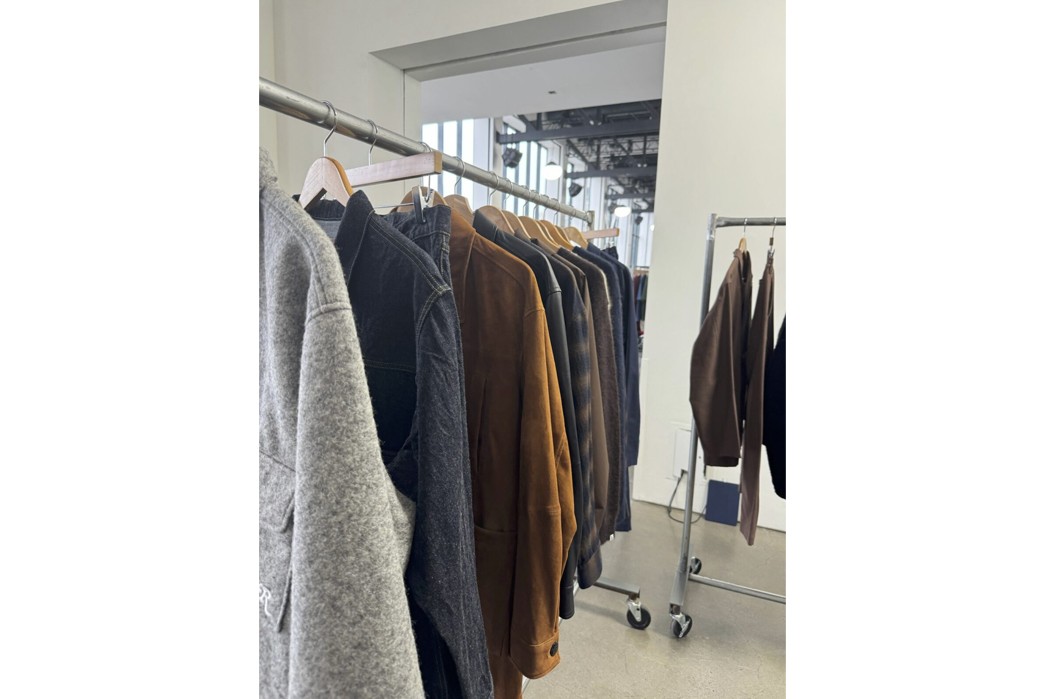
There’s probably a lot to be gleaned from Pantone trends and the way color usage ebbs and flows. Like there might even be an entire strain of psychology that focuses on our relationship to colors and what it means when we gravitate toward certain palettes — individually and en masse — and how society-induced stresses, anxieties and phenomena impact that gravitational pull, but that’s not the route we’re going down. We’re running on vibes, caffeine and ADHD* in these parts.
(*Does ADD exist anymore or did we reclassify the entire genre as ADHD kind of like we did with plushies**? This is, again, something I could look up, but if I open one more tab my computer will grow legs and leave me, and there’s also a greater than 60 percent chance I’ll just never come back. Just giving you all a peek inside the engine.)
(**They used to be called stuffed animals, right? Because I’ve overheard people using the word “plushies” like they were classified as such in the ancient texts. This isn’t a big deal in my life, mind you, I just don’t know when it was decided. Like was there a meeting? Was there a campaign? How did this happen? Note: I will not be investigating further because of the above.)
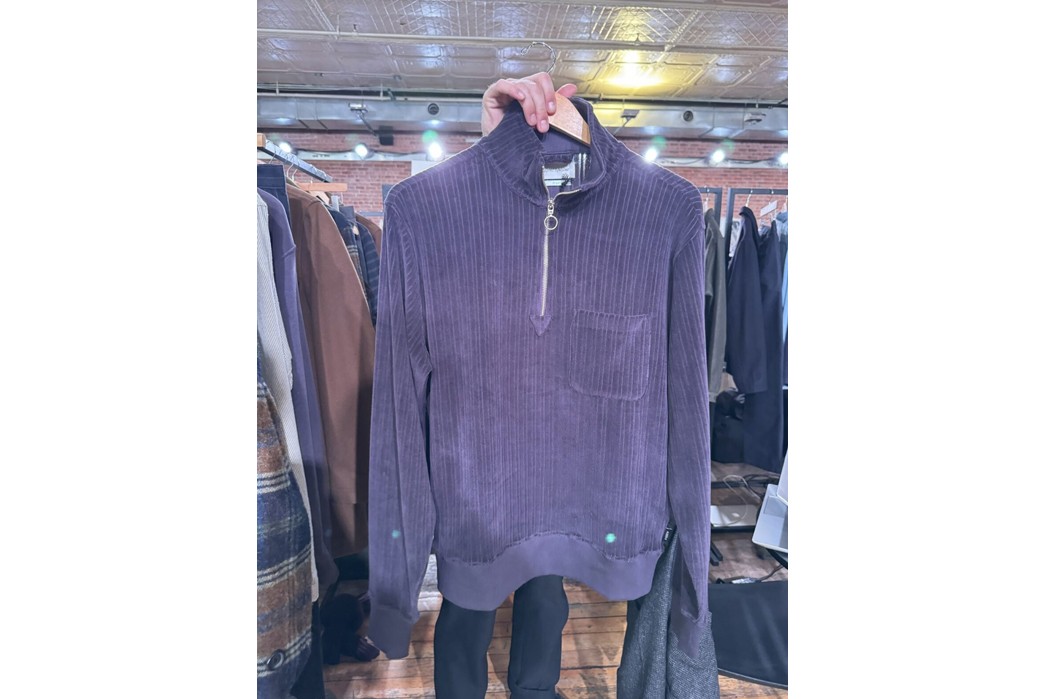
So, colors. I heard the word “aubergine” a lot — which means eggplant in French, and also sounds much nicer than eggplant if you’re going to be using it as a foundational color in a collection — and for the most part it was referencing hues that could reasonably considered aubergine. There were a lot of forest greens and burnt oranges, and maroons, and so many browns. Like every shade of brown I had ever considered and roughly the same number that I hadn’t. In other words, we’re playing in the mud next fall, guys.
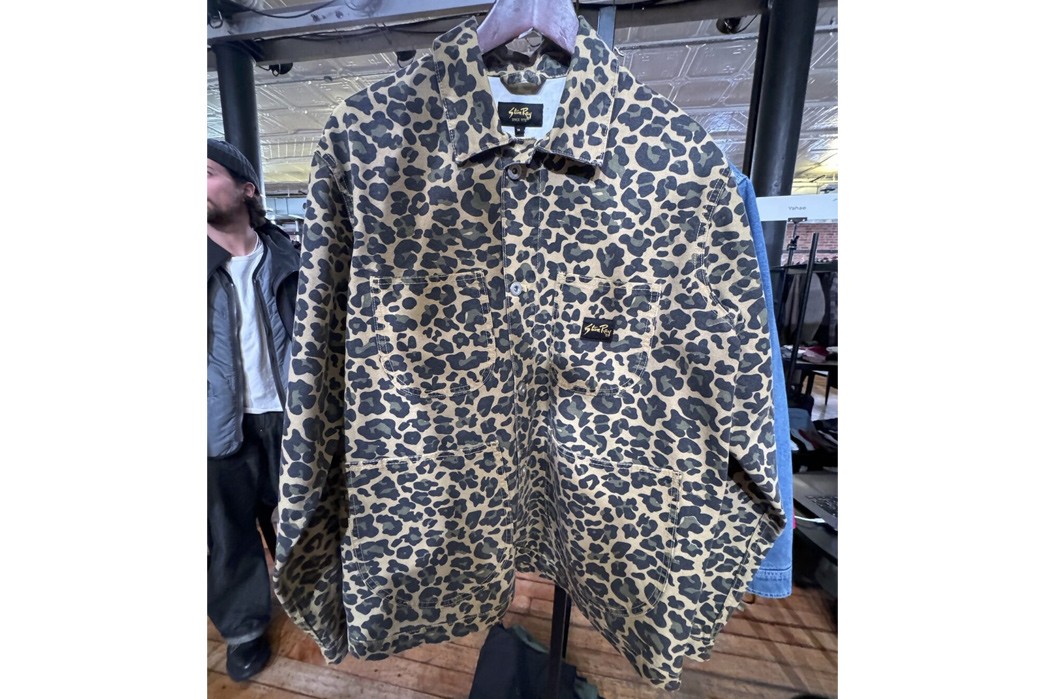
Were there some bright things? Sure. Stan Ray had a Kelly green jacket that would leave you with sunspots under the right lighting conditions. Nanga — we love Nanga, btw, they’re out of their fucking minds but I dig it — has more Tennis Ball and Traffic Cone hits than Hi Vis Supply, and the corner of the Drake’s shirting rack looked like a candy aisle, but those were the outliers.
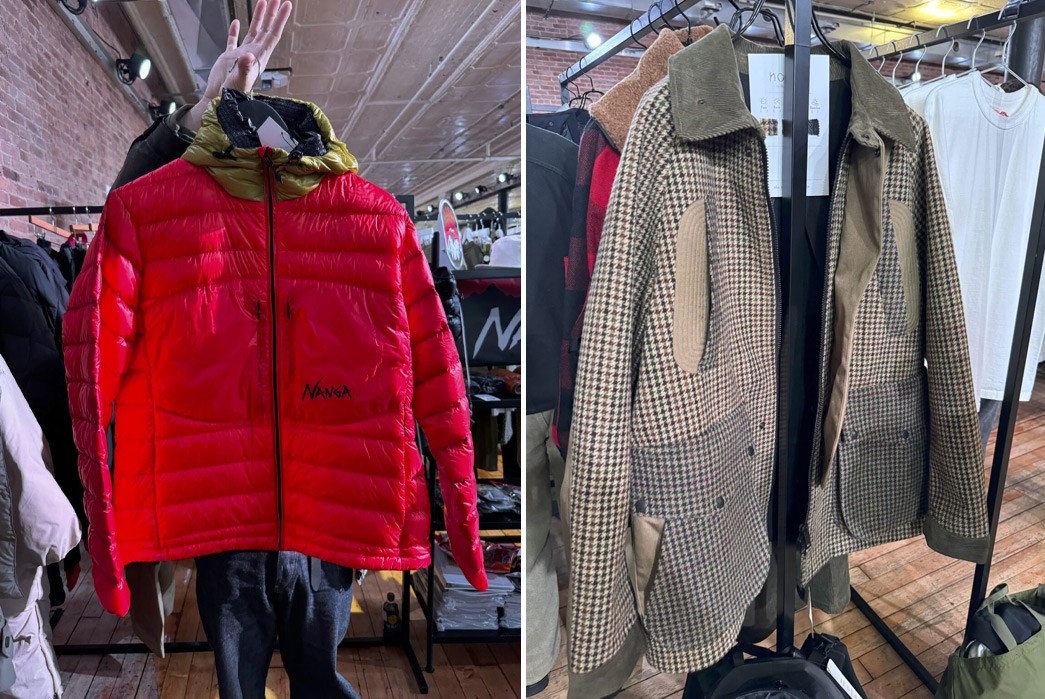
On balance, shit was earthy. Tweedy. Donegal-rich. The kind of tones you’d see on a Sherlock Holmes looking mf who owns a dog with a serious name and breeder papers. A little Barbour-coded, maybe? (I hate myself more than you ever could, don’t worry.) Again, unclear what this says about us as a collective, but it’s what I saw.
GIDDY TF UP
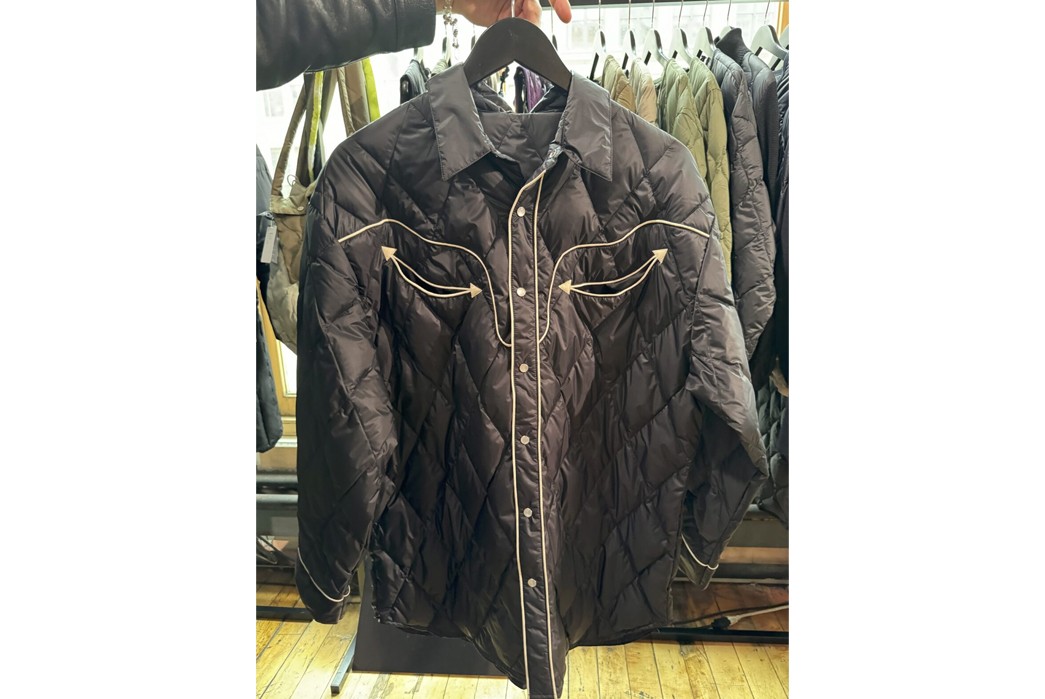
It turns out that our fling with cowboy gear has moved past the hook-up stage and developed into an IG hard-launched relationship with inside jokes and embarrassing nicknames and increasingly serious conversations about adopting a dog. It’s not just the denim of it all either. Cowboy boots, trucker jackets, western shirts, boot cuts and even some big brims were all well-represented (no spurs that I saw, but that doesn’t mean they weren’t there or that they couldn’t hurt me), and some genuinely unexpected brands were throwing their hat in the ring.
Taion, for instance — which is an outerwear/tech apparel-focused brand — is running a puffy western. It’s black with white piping, and it’s just a straight up snap-button western shirt that has 700 down fill (I think), and it’s good! Like actually really good. And looks different and interesting and warm. Drake’s is running madras western shirts. Unmarked is making regular cowboy boots and boots with acid-drenched, Peter Max-esque embroidery hits on the toes. 3sixteen has a pair of striped wool westerns that look as rooted in workwear as they are in dude ranch culture, but on like a 50/50 split.
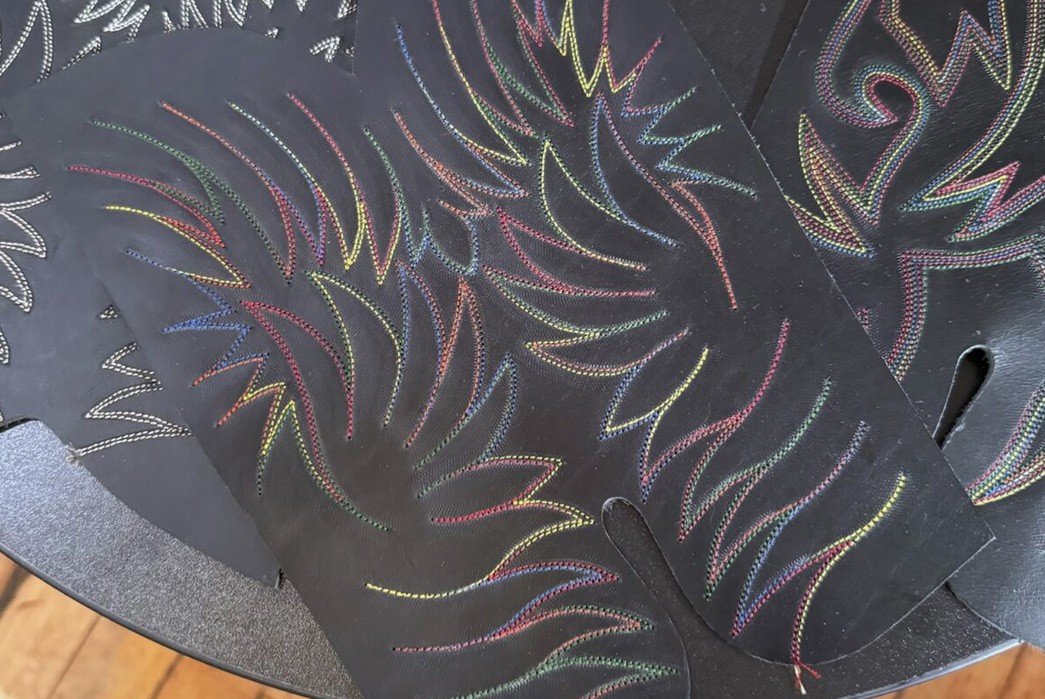
Last season, I was fascinated by the harshness of both the silhouettes and the fabrics — in big letters on one of the pages in my notebook, I just wrote “VILLAIN SHIT.” It wasn’t because I thought the clothes were evil (evil clothes are mostly from like 10 brands that do not show at things like this) or that they would resonate with actual villains (although they might, who’s to say), it was just that they kind of looked like clothes that villains could believably wear. Or clothes that would be too polarizing or too lush for a protagonist to wear, but did look like normal clothes for the most part, just shifted a few degrees — like they added some downward slanting eyebrows to a smiley face.
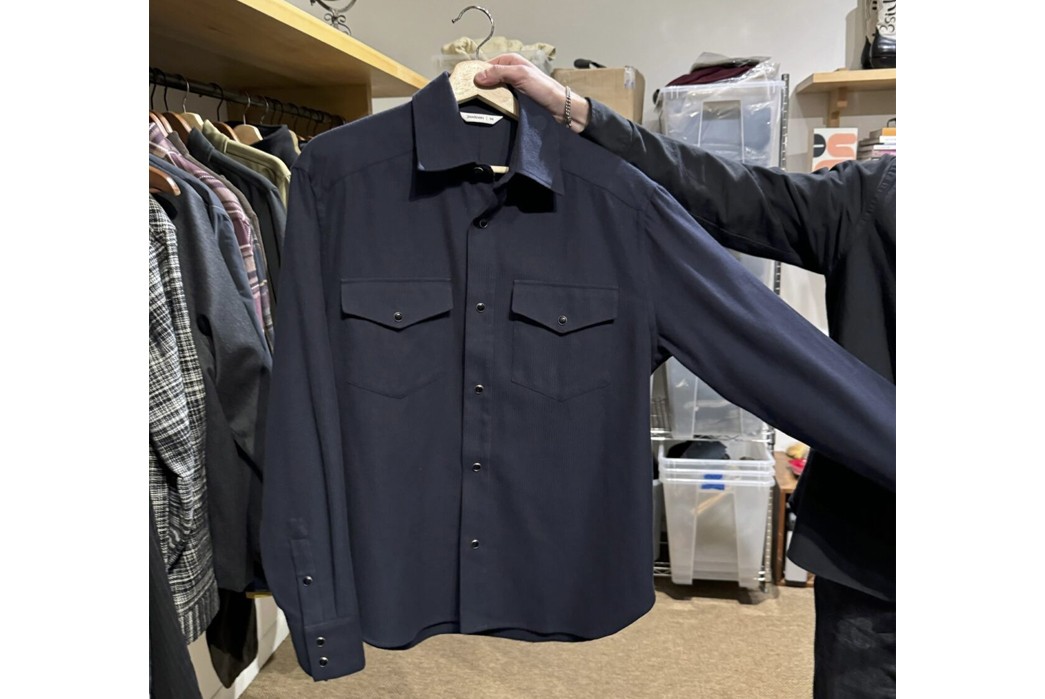
Cowboy shit does feel like a natural extension of that idea, both for the historical associations with the profession and the distinctive styles available to riff on. And, for what it’s worth, it passes my inane trend test, which basically boils down to “does the thing look stupid on the people who popularized the thing?” (For instance, tight deep-V tees look dumb in photos from 2011, Dog-Ear collars look goofy af in photos from the ‘70s, etc.)
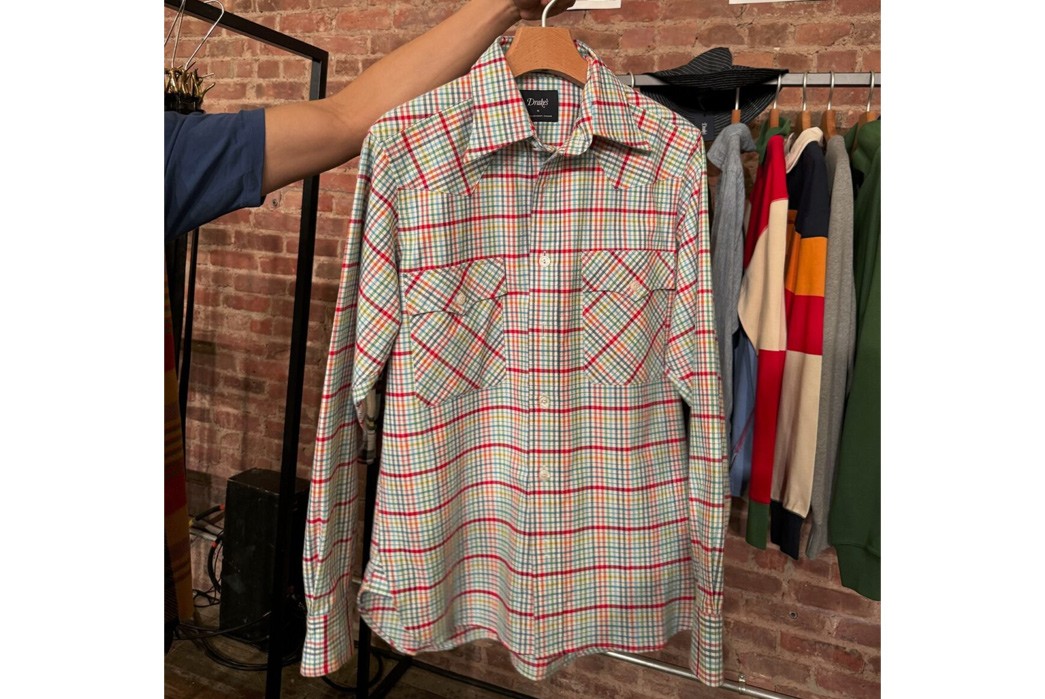
So, for those who are already into it, know that there’s zero external pressure to temper any enthusiasm, and for those who aren’t yet, there’s a bunch of shit coming that just might change your mind.
CRITICAL PANT MASS
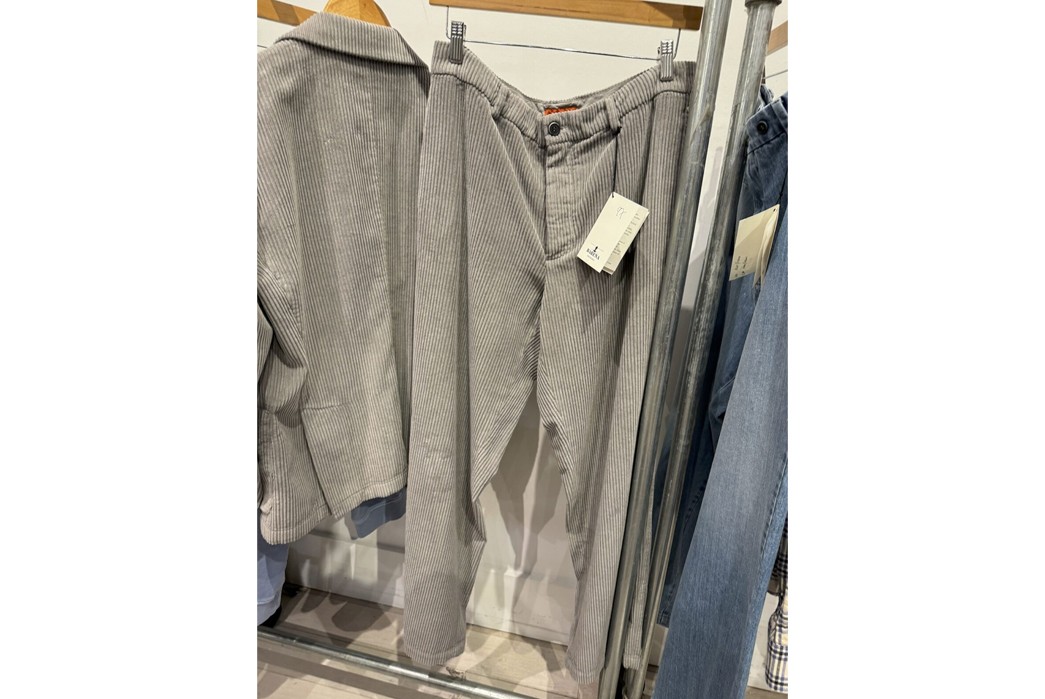
We don’t really have a committee to declare these types of things, but it does feel like we’ve been living under the rule of Pants for some time in the realm of menswear. There was no coup or Franz Ferdinand inflection point in which Pants took Sneakers’ throne, but some time in the last five years it happened and ever since we’ve been living in a pants-led world.
And as a pants-lover, it’s been lush. Maybe too lush though? I’m not saying we’re in a pants bubble, but I’m also not not saying that we’re in a pants bubble. Do I have data? Absolutely not, let’s not get ahead of ourselves. This is a vibes thing. But there are so many Good Pants™ out there now. Like every kind of Good Pant™ is available from basically every brand.
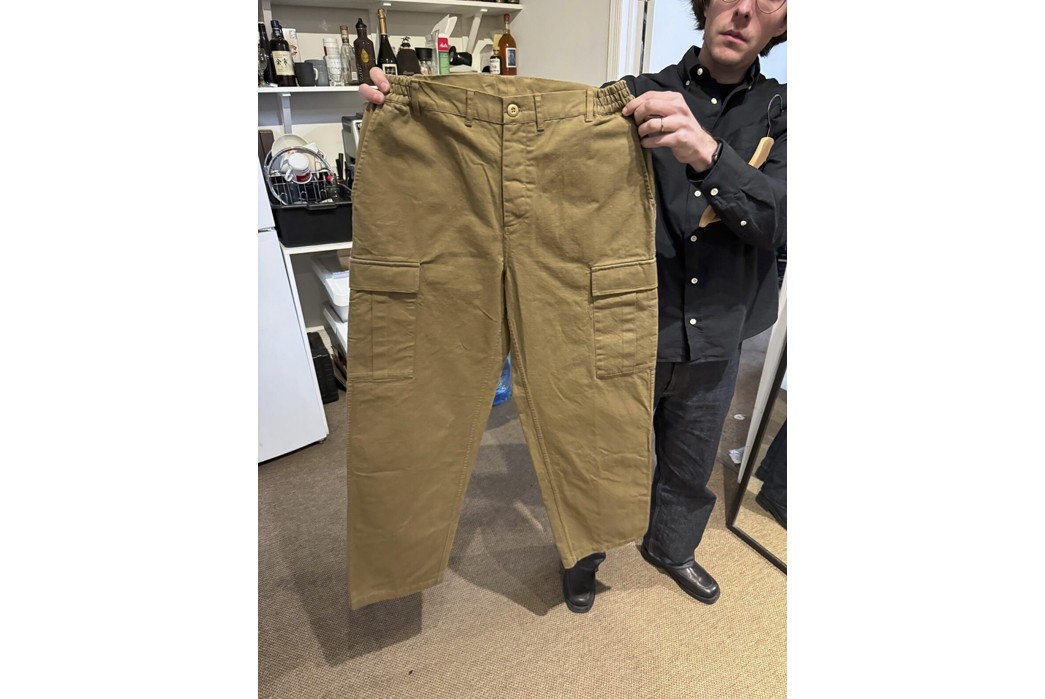
As a consumer, it’s great: if you are even remotely interested in a style of pants, you can try on like 35 different options to see if it’s for you. Even Mall Brands are making good pants again, emerging from the ashes of the shredded, spandex-saturated skinny pants like a Double-Pleated Phoenix. (Abercrombie in particular has basically just rode baggy pants and shorter shirts to the moon, and their stock price reflects this.) There have been (what I assume is) millions of how-to videos posted on ways in which footwear, shirting and knitwear can compliment ever-expanding hem widths and ever-climbing rises.
Again, there’s always a ruling category in menswear, and Pants! have sat the throne for a couple years now. But pants (like some other leaders) were always more primed to be a bridge between eras than one that could retain power, for a couple reasons.
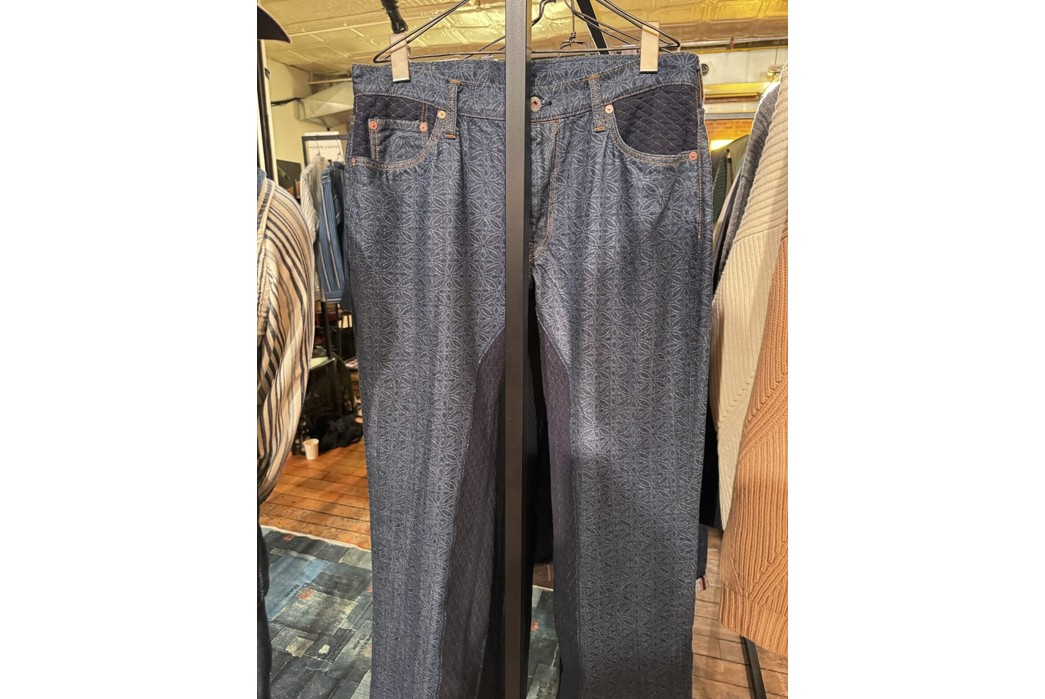
One, dudes fall in love with a silhouette and getting them to divorce that silhouette is almost as fraught as starting a land war in Asia — it’s been a decade of campaigning for bigger pants for some of us. Once we get comfortable with the shape, we tend to then adjust the rest of our wardrobes, which also takes some time (see: the Skinny Jean Arc of the mid-00s-10s). You can dispute this, but I was in the trenches and can tell you it’s arduous.
Second, pants are weird in that we tend to fall in love with *specific* pairs of pants, not categories or styles. Like unless you’re a psycho like myself, most of us who have found painters pants that we particularly enjoy just have a pair or two of those pants, not a pair from four different brands. Same goes for raw denim or a Baker pant or any other. Even pant-lovers tend to keep a tight rotation, subbing them in and out rather than expanding.
So, while there was a seismic shift in silhouette across the industry, it does feel like the public has responded, bought their bigger pants and should be entering their “oh shit, I need clothes that look good with these pants now” stage any day now. Considering fall is nine months away, this wouldn’t be great for brands, but very rarely is there a sartorial power-shift that doesn’t fuck up those producing the clothes.
What’s next? Not sure, but if I had to guess I’d say knitwear, particularly mid-weight, mid-length shit. Beefy thermals, cotton sweaters, long-sleeve tees. Just a guess, but it feels right.
WHAT ABOUT THE WOVENS
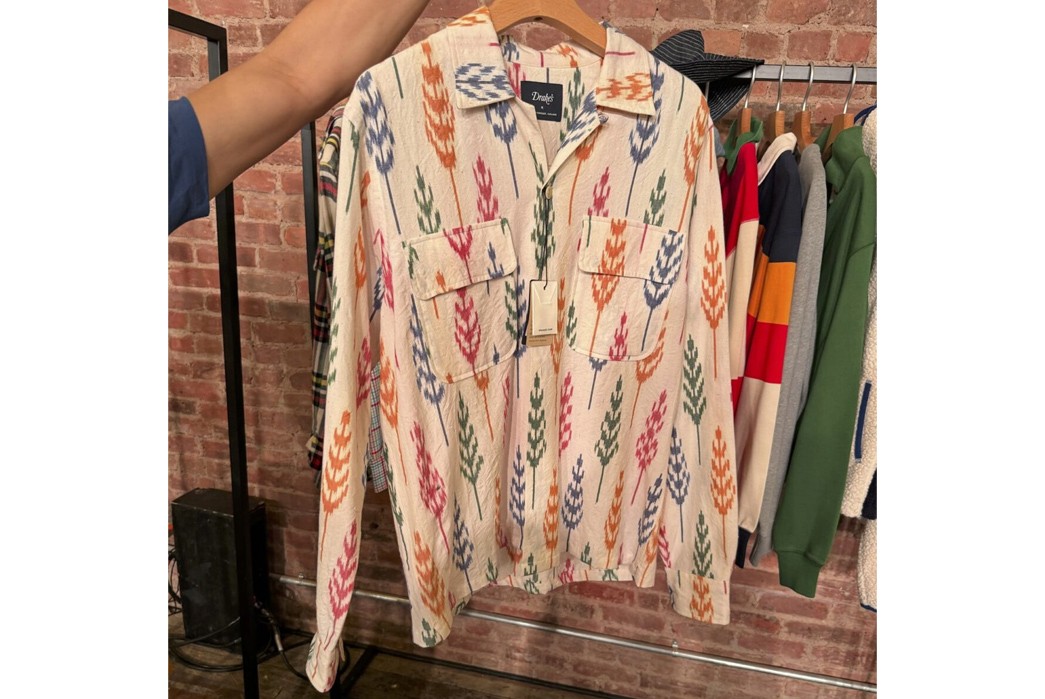
Shirting is in a tricky place. There was some buzz around big Oxfords in 2023, but for the most part, button ups, downs and otherwise have taken a backseat to their knit — sometimes buttoned, sometimes not — brethren. Two years ago, we had the mainstream rise of the cardigan*, last year was the Knit Polo Takeover and, though we’re still very much in the early stages of 2024, it certainly doesn’t feel like we’re primed for a woven renaissance, at least not yet.
(*By mainstream, I mostly mean that people accepted that cardigans were both functional and aesthetically intriguing, at the bare minimum. The antecedent of this was the widening of the Aloha Overton Window, which managed to erase the Tommy Bahama association and pave a road that led to Zara racks.)
And it makes sense: fewer and fewer situations call for a button-up shirt, and those that do also tend to be amenable to more comfortable, more interesting options. And even as suits make a comeback (I have theories as to why, we can get into those some other time), it’s hard to overstate the impact of “you have to wear this to at least 50% of your daily obligations” had on woven shirts.
Before you get mad, I should say this: I love a good shirt. I own entirely too many. I have like four favorites in every genre of Shirt With Buttons, and still will consider buying them on occasion. They just seem like they’re more in conversation with an era of formality that no longer exists outside of narrow applications than they are with the present.
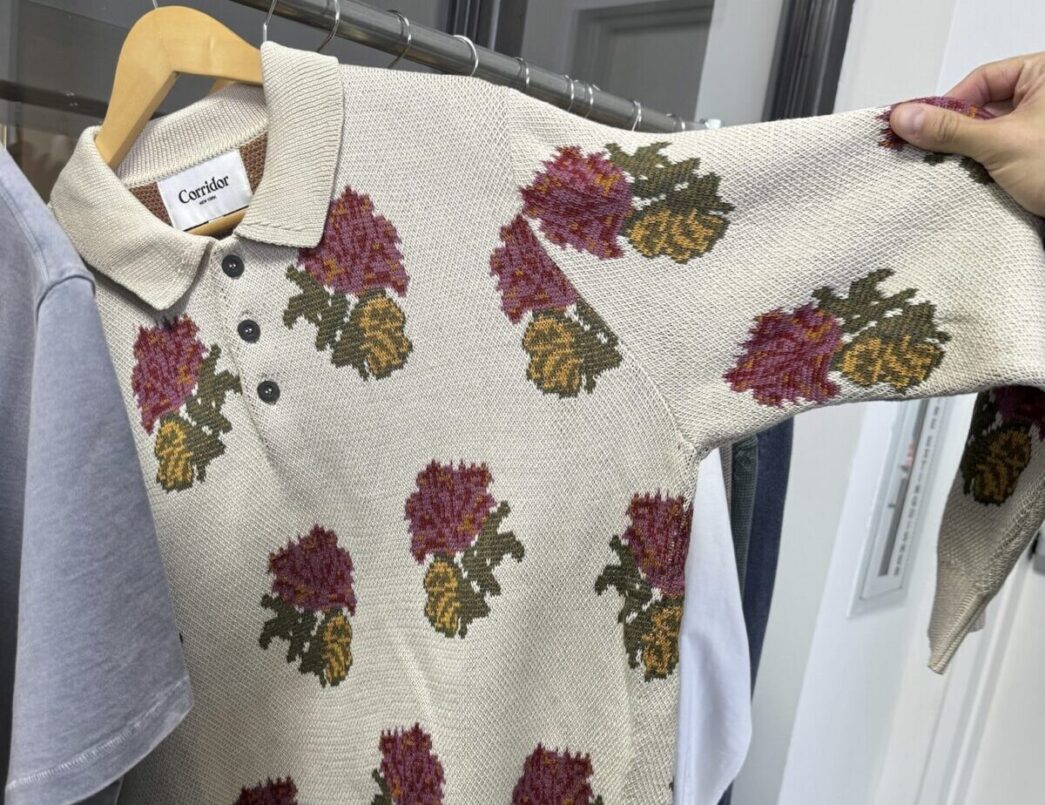
This doesn’t mean that wovens are dead or anything, that’d be a stupid thing to declare. (I’ve probably declared stupider things, but I’ll bank this opportunity.) It just means that those making them have to adjust to the present context, and some are. Wythe is mainstreaming the Yeehaw Agenda one pearl-snap Western at a time. Kestin is making burly flannels with discrete detailing more closely associated with GORP-adjacent offerings — like a hidden zippered pocket cheekily nestled behind a standard chest pocket. 3sixteen’s shirts look just as good (if not better) open than they do buttoned.
Again, no clothes are dead. JNCOs and Rave Pants are alive and well, those stupid Pumas from the early ‘00s are showing up on moodboards in Richard-Gere-Wearing-a-Blazer numbers and John Cena Jean Shorts just might have a second summer in them, wtf knows. But like many long-dominant institutions, button-downs don’t have the same vice grip on the racks of vendors they once did.
AS MENTIONED EARLIER, THE DISAPPEARANCE OF INDEPENDENT MULTI-BRAND RETAIL IS FOR SURE BAD
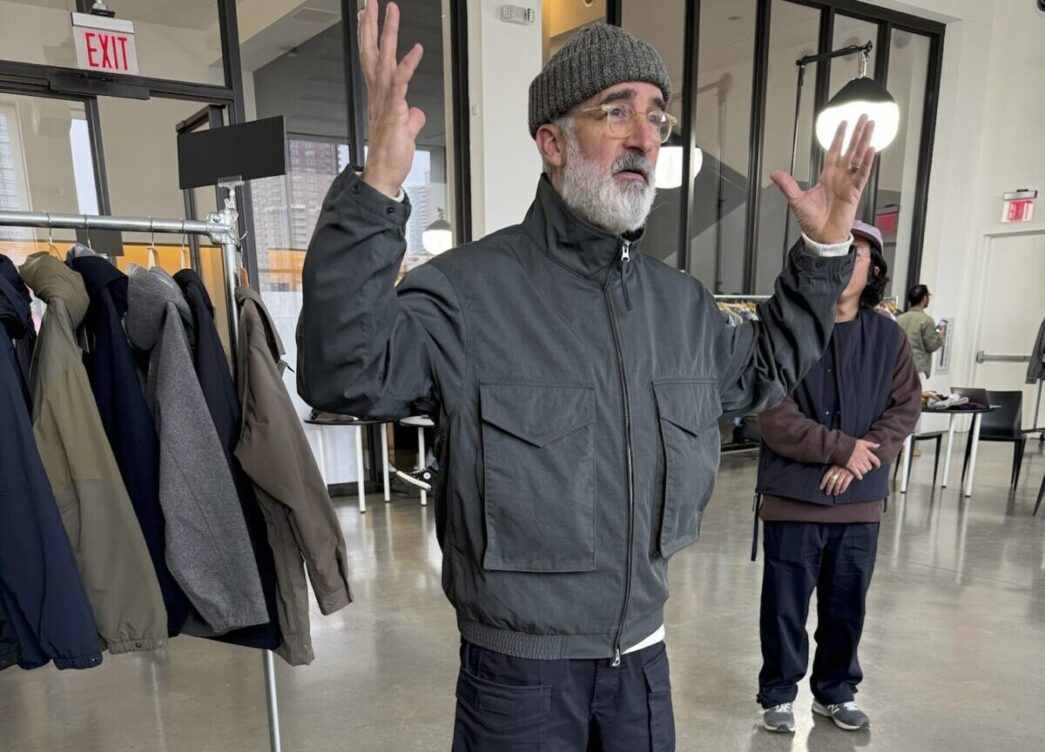
Discovering clothing is so much fun. One of the best parts about Market Week is the variance from booth to booth, and the discovery that comes from that. Part of enjoying clothes is enjoying the process of finding clothes (which somehow sounds both reductive and obtuse but I’m sticking with it), and flipping through racks is objectively the best way to do this.
I know that people will espouse the virtues of ecomm for this journey, but they’re not right. I won’t call them wrong, but they’re very not right. Laydown photography is hard and on-figure photography is often more confusing than helpful*, which means that the digital discovery process is littered with imprecise first impressions and a lot of oversight. It also is algorithmically dictated in many instances, which means that your past predilections are directly influencing their recommendations for future purchases, which is both somewhat antithetical to evolution and very ripe conditions for calcification.
(*”Model is 6’4” wearing size 28 pants and a Large shirt.”)
Also you can’t touch shit online. (I know this is probably the most obvious and it’s for sure buried considering, but it’s going here because I feel like putting it here.) I was wandering around at Dover Street Market a few weeks back with absolutely no intention of buying anything — top-to-bottom, starting on the seventh floor, the usual way, as Jacob Davis would say — and by the time I got to the third floor, I had like four things I wanted and nearly paid $400 for what was basically a thermal. I didn’t (unclear how I resisted, will need to be studied at a later date), but holy shit was this Kiko Kostadinov thermal incredible. They called it a sweater, and everyone online also calls it a sweater, but it was a thermal, one made with a fabric so soft it felt edible, if that makes any sense. The green was a good green — kinda minty, paired nicely with the lil purple embroidery at the chest — and stood out enough everything else that I grabbed it, but it was that fucking fabric that’s made me regret not buying it basically every day since (it is now sold out, but thank you for checking).
Anyways, I’ve now been hunting down a sweater with the fervor of a moderator on a TrueCrime subreddit because of a physical interaction I had with a garment that I wasn’t even in the market for. And Dover Street isn’t even really independent, they’re just a good multi-brand with an agenda and an affinity for light chaos (and hats).
In most cities, we’re down to very few independent retailers, which (as noted heavy-handedly above) means we also don’t have many physical places where clothes exist among non-related clothes. Instead, we’ve been shuttled into these liminal online spaces, as my editor David Shuck said, to find our favorite things — a more vast and comprehensive landscape than we could ever hope to comprehend*, yet also often empty of viable or intriguing options.
(*If you have a few hours, try perusing the SSENSE or Mr. Porter sale from start to finish and see if you can remember more than three products. Just try.)
Or, more simply, when you went to the video store, something would catch your eye in 10 minutes. People scroll Netflix for hours. And there’s some incredible retail, mind you, and we’re in the midst of a very cool independent brand flagship boom, but even the best indy brand’s store can’t replace a vibrant multi-brand scene and the rising tides they have the power to pull.
Coming up next… Brands! Specific items! More!

